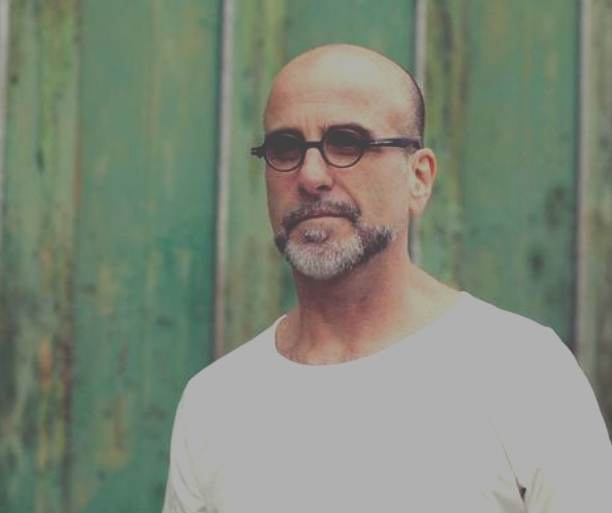// Keynotes ICLC 2017
Julio d’Escriván
Julio d’Escriván is a composer and performer of new music. His work is grounded in a career that has included writing jingles, commercial branding, documentary and film music. As a composer of purely acoustic music, he has written, solo, ensemble and orchestral work since 1982, his work has been performed and heard internationally since the late 80s. He became interested in electroacoustic music, electronics and music for media in1986 and has not stopped since. Between 1991 and 2003 he extensively wrote music for broadcast media in The Americas, and upon arriving in England in 2003, he turned his attention back to more personal explorations. A chance encounter with English coding legend Nick Collins at the Kettle’s Yard art gallery in Cambridge circa 2005 challenged him to tackle the problems of music with code and eventually live coding. This friendship also led to joint projects like the Cambridge Companion to Electronic Music, Cambridge University Press (2007 and 2017 for its 2nd Edition, forthcoming). It also turned him into a keen SuperCollider user, and a contributor with Scott Wilson in the SuperCollider Book published by MIT Press in 2011. Since 2012, Julio has also been practicing ‘soundpainting’ or live composition through sign language, an analogue form of live coding. Since 2011 Julio has recorded several CDs with Iñigo Ibaibarriaga in their joint project FUSIL and with Ensemble KLEM, Bilbao, for Zawp Records in Spain. At present, Julio is a Senior Lecturer in Music, Sound and The Moving Image, and a doctoral supervisor at The University of Huddersfield, in England.
For the last few years I have practiced soundpainting with instrumental ensembles, as well as live coding; sometimes both at the same time. Soundpainting is a sign language that describes single musical events, as well as patterns and processes. It was created in the mid 1970s in New York by American composer and performer Walter Thompson who describes it as a Live Composition language.
A soundpainter appears to be a sort of conductor whose gestures not only transmit the traditional tempo, cueing, expression and dynamics but also musical content. Namely, patterns, melodic developments, extended techniques and processes are all created or directed by a soundpainter. In this way, they create works on the fly which may be characterised as improvisation or live composition. The soundpainter exposes to the audience their musical thinking as they set ideas in motion, follow emerging ones and edit the music as it flows. It strikes me that Soundpainting is in essence a live coding language for instrumental ensembles.
In this presentation I introduce the sound painting gesture set and compare it to languages like SuperCollider and TidalCycles with illustrations from my own work in recent years. I hope to contextualise this by reflecting on the musical conditions that may be brought about by a live composition approach in both live coding and soundpainting.

